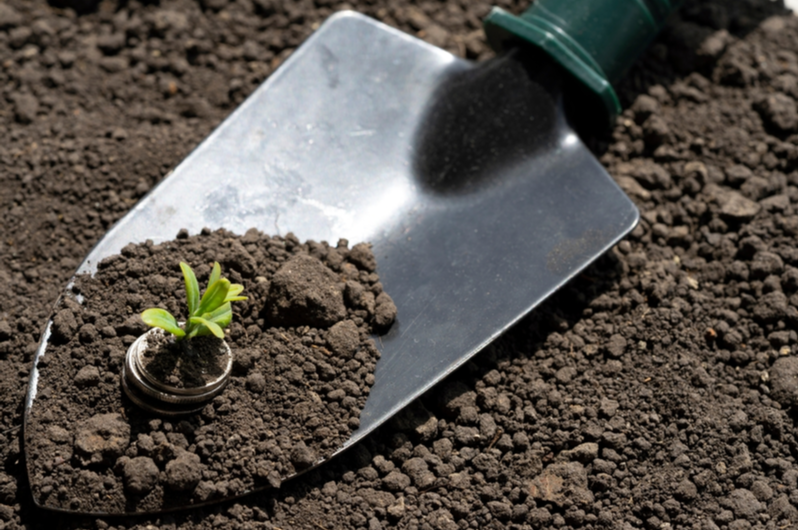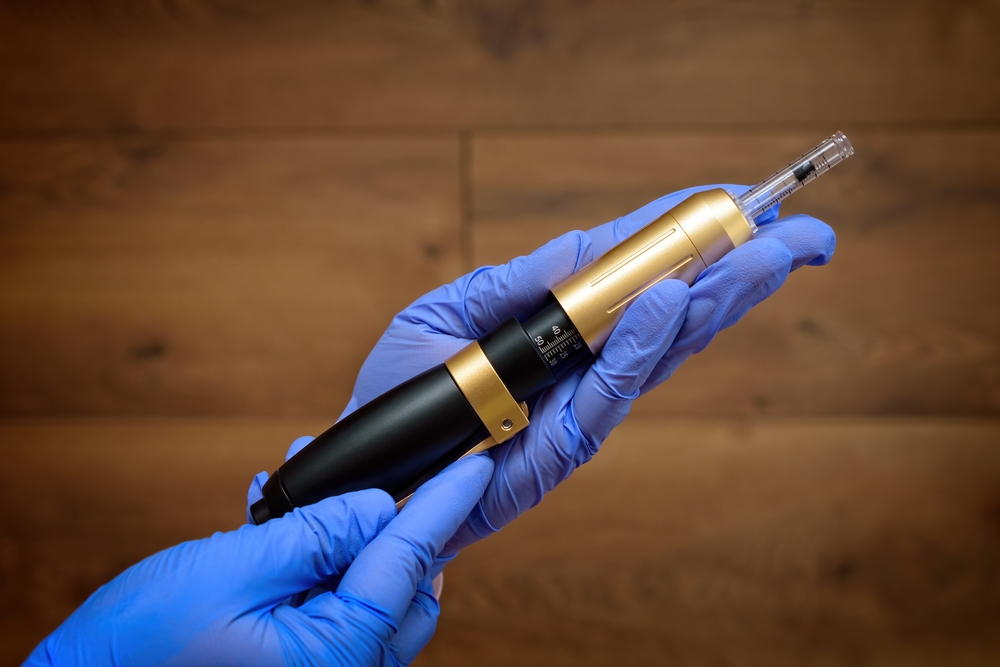How To Get A Farming Loan
Starting a farm is expensive, involving pricey equipment, land and marketing costs. Discover the best options for getting and using farming loans.
Based on data from the Census of Agriculture and National Young Farmers Coalition, there has been a sharp increase in the number of both small and large farms since 2017. Many of these farmers are first generation, which means they chose to start their own farm as opposed to inheriting an existing farm. There are many reasons why farming is experiencing a drastic increase. More Americans are focused on eating healthy, prioritizing food providers who purchase from local farms instead of wholesalers. Businesses are also encouraged to purchase food locally instead of relying on overseas production.
Another reason farms are on the rise is a growing number of workers are unsatisfied with a traditional office workplace, preferring to work for themselves. Running a farm is a great way to avoid office stress, allowing you to work outside and directly oversee your accomplishments. While there are many positives associated with owning a farm, it is an expensive process, costing thousands of dollars. Unlike with other businesses, you must also wait a longer period before your farm starts generating money. One of the ways to reduce the financial burden and succeed as a farmer is through farming loans.
Types of Farming Loans
Applying for a farming loan is more complex than most other business loans. This is because of how much is involved in running a farm. Farming loans are divided into several categories. The categories may vary slightly or use different titles based on where you live and the providers in your area. The federal government offers many loans through the U.S. Department of Agriculture (USDA). These loans are uniform no matter where you live. There are many private lenders and groups that also provide farming loans.
Farming loans are typically divided into three categories, general costs, equipment and land. General costs are the broadest, covering any expenses to keep your farm running. This includes hiring workers and purchasing crops or animals. Equipment loans are focused on purchasing whatever items you need to keep your farm running. Some examples include barns and storage space, planters and sprayers or farm vehicles. Land loans are the most direct, helping you buy or rent space for your farm. These loans can also be used to refinance existing space to turn into farmland.
Benefits of Farming Loans
There are many benefits to using farming loans. Many farming loans are issued to new farmers who need help getting set up. Even starting a small farming operation can be an expensive process because of land and equipment costs.
While many farmers prefer to own their own land, it is not always an option. If you cannot purchase land outright, one option is to use a loan to help with rent to own costs. These loans help you pay for rental costs while freeing up other resources to invest directly into your farm. As your farm grows, you can set aside money to purchase the land outright as well as paying back your loan. Unlike with larger loans to buy land, you have lower interest rates and a more manageable repayment window, so you do not have to worry about being in debt for the rest of your career.
Farming requires specialized, expensive equipment. Because the equipment is used consistently, there are also maintenance costs to consider. Many pieces of equipment also require fuel to operate. Farming loans help you purchase these items outright. For existing farms, you can use loans to invest in new equipment or help cover unexpected repair costs.
Not all farming loans go directly into land or equipment. In order for your farm to succeed, you must be able to market yourself to buyers. Many farmers underestimate how difficult it is to sell their products to vendors. With so many new farms opening, there is plenty of competition. Marketing includes costs of running advertisements, paying public relations and consultant firms or creating a website. It also covers practical costs, such as renting space at a trade event and travel costs.
Farming loans are also important during slow seasons. Even if your farm is not selling products year-round, you must keep the farm running. Agricultural loans help maintain your farm while you are growing new crops or raising livestock for sale during the busier seasons. You can also use these loans to help rebuild or maintain your farm if it is damaged by the weather.
USDA Loans
The USDA offers loans through the Farm Service Agency (FSA). The FSA is one of the largest providers of agricultural loans, with options for new and existing farms. Because the loans are federally funded, they offer generous interest rates and repayment plans. However, the eligibility requirements are stricter. Some of the loans are centered around purchasing or repairing land, while others focus on equipment costs or updating to environmentally friendly equipment. Because there are so many options available, farmers are strongly encouraged to look through USDA options before considering a private lender.
Camino Financial
Camino is primarily aimed at newer farms. It has some of the most generous eligibility requirements, only needing a credit score of 550. This comes at slightly higher interest rates, but there are no prepayment penalties. However, you must be in business for at least nine months to qualify. After you make eight on-time payments, you can refinance your loan for a lower APR and different payment schedule. Camino has a wide range of loans, starting as small as $10,000 and going up to $400,000 as of writing. They are also one of the fastest lenders, releasing money within a few days of approval.
Farm Plus Financial
Farm Plus Financial is an excellent choice for both new and existing farms. It has one of the largest loan ranges of any provider, going as high as $25 million. There are only a few eligibility requirements, including a 680-credit score. For land loans, you must be able to provide at least 30 percent of the down payment, which is stricter than other lenders. Both variable and fixed-rate payment plans are available.
AgAmerica Lending
AgAmerica is one of the most popular lenders for farmers because of the freedom with their loans. Instead of focusing on specific categories, AgAmerica offers a 10-year line of credit. You only need to apply for the program once, and there is no annual renewal paperwork to worry about. There are a number of payment options, with no prepayment penalties. While the line of credit can be applied to land costs, you must have at least 25 acres of existing farmland to qualify. A minimum credit score of 680 is also required.
While the line of credit is the most popular option, Ag America also offers more traditional loans. If you are already using the line of credit, you can even convert how much you owe into a standard agricultural loan.



